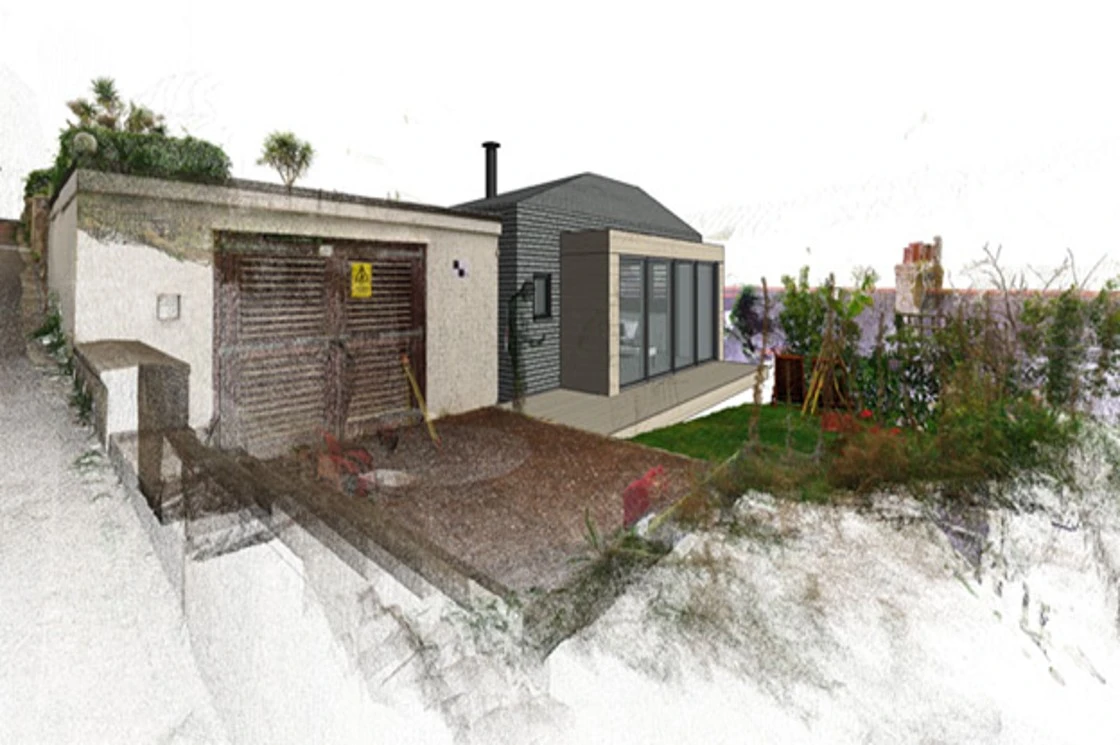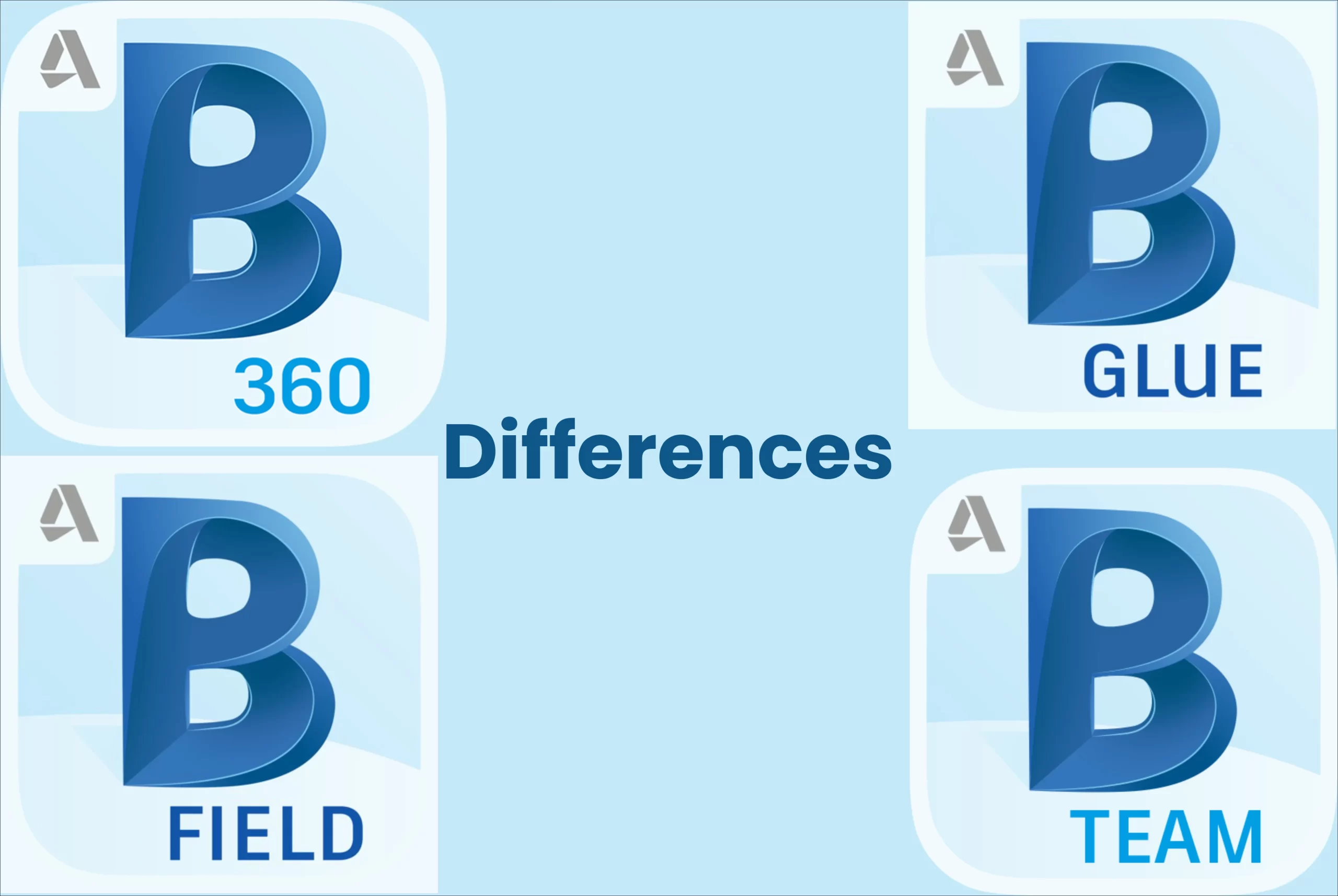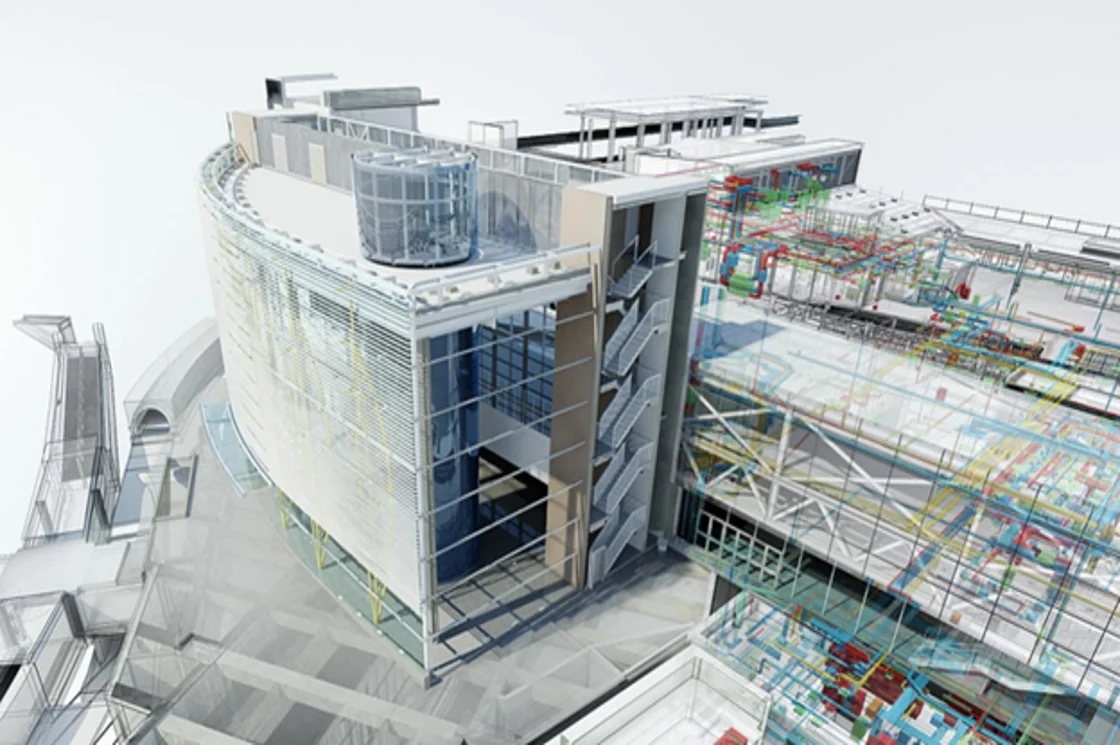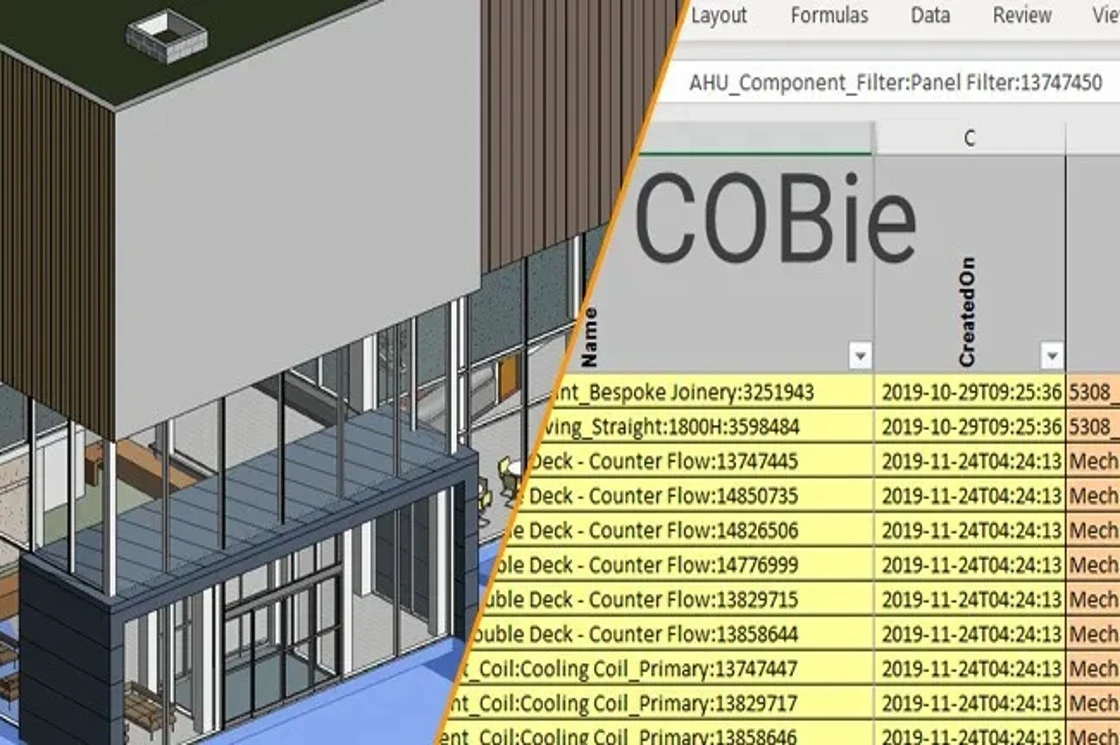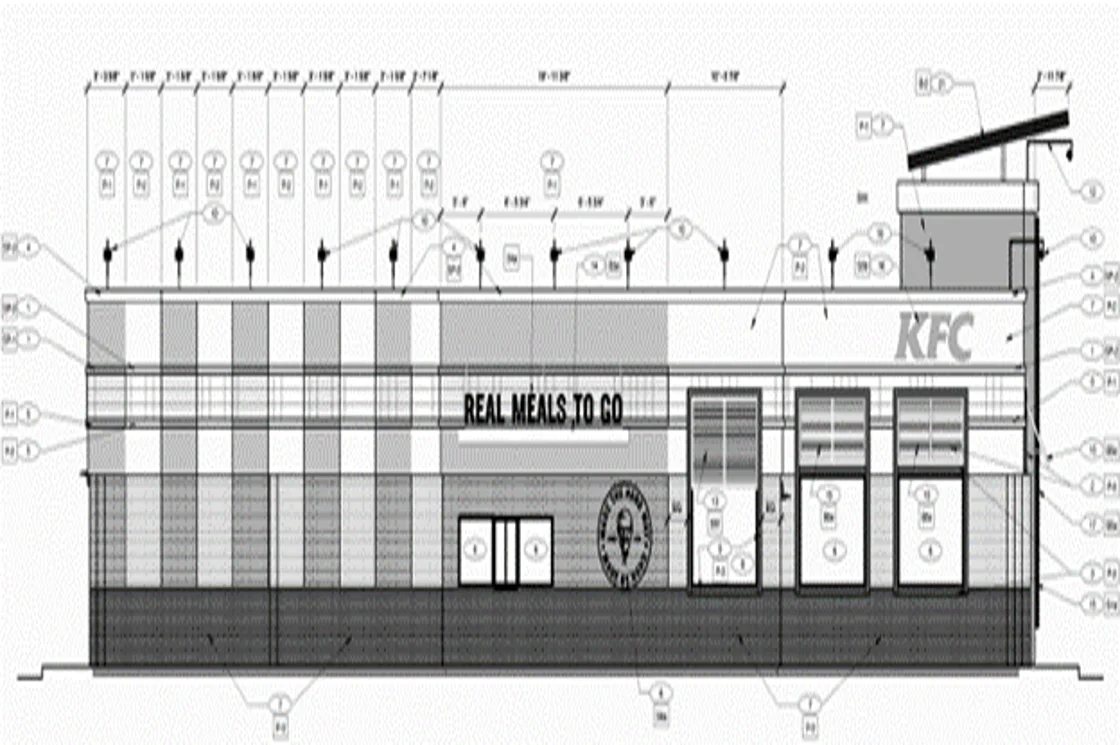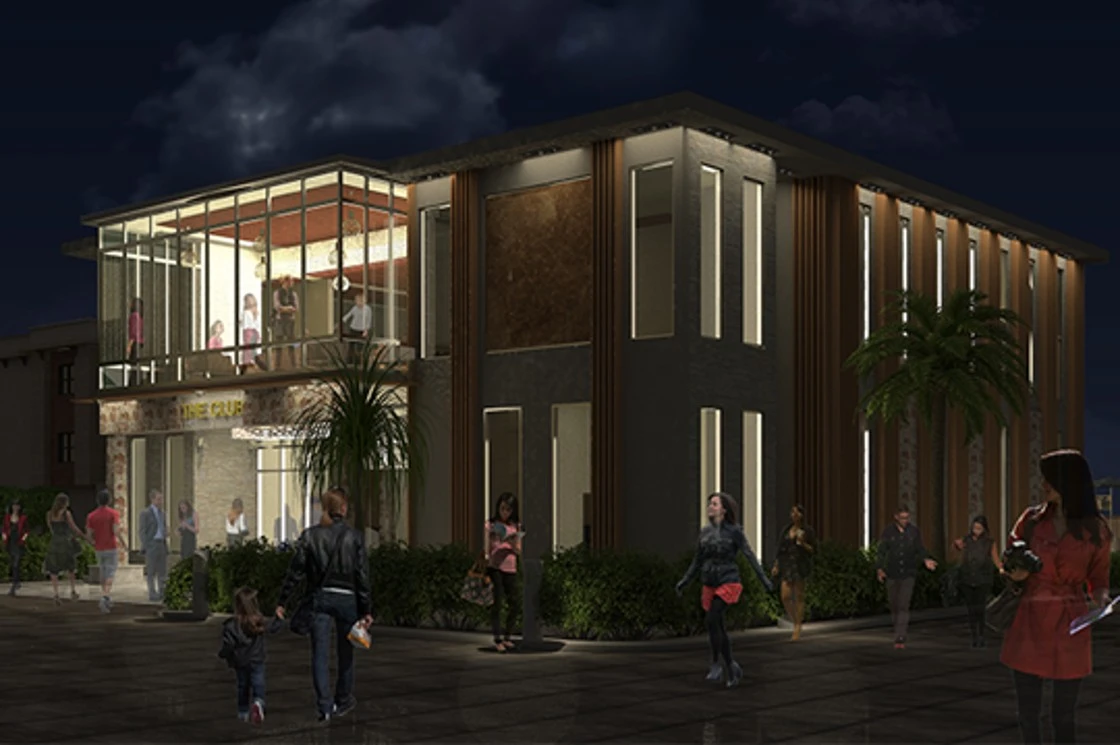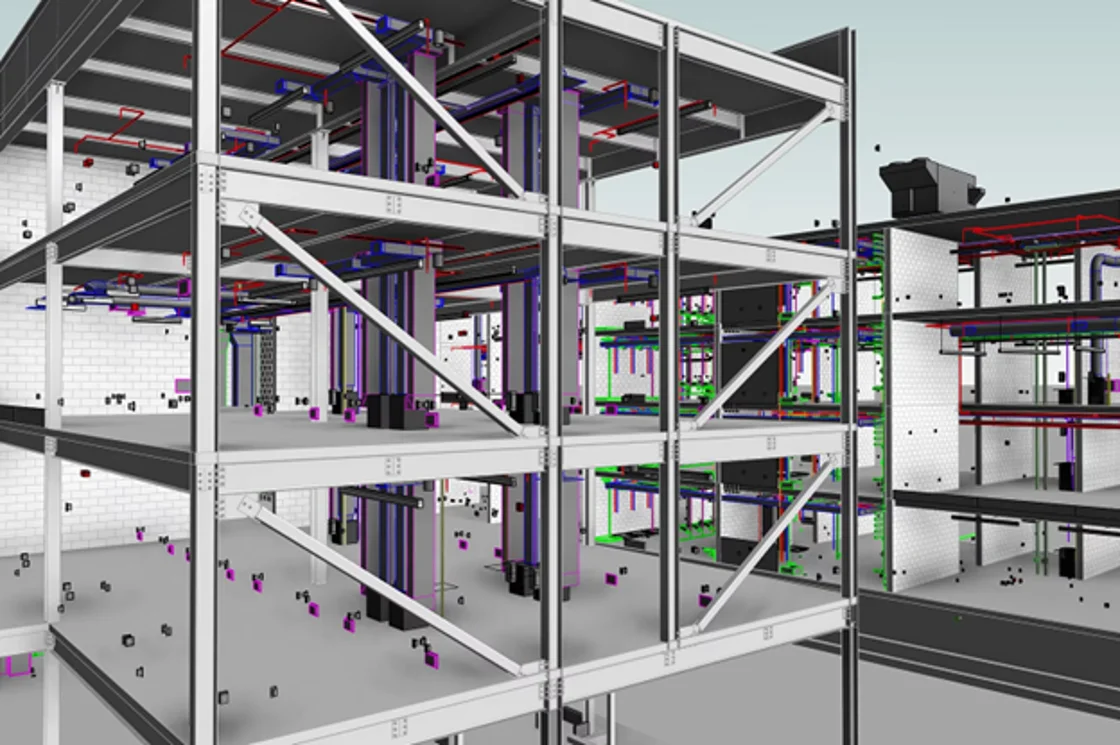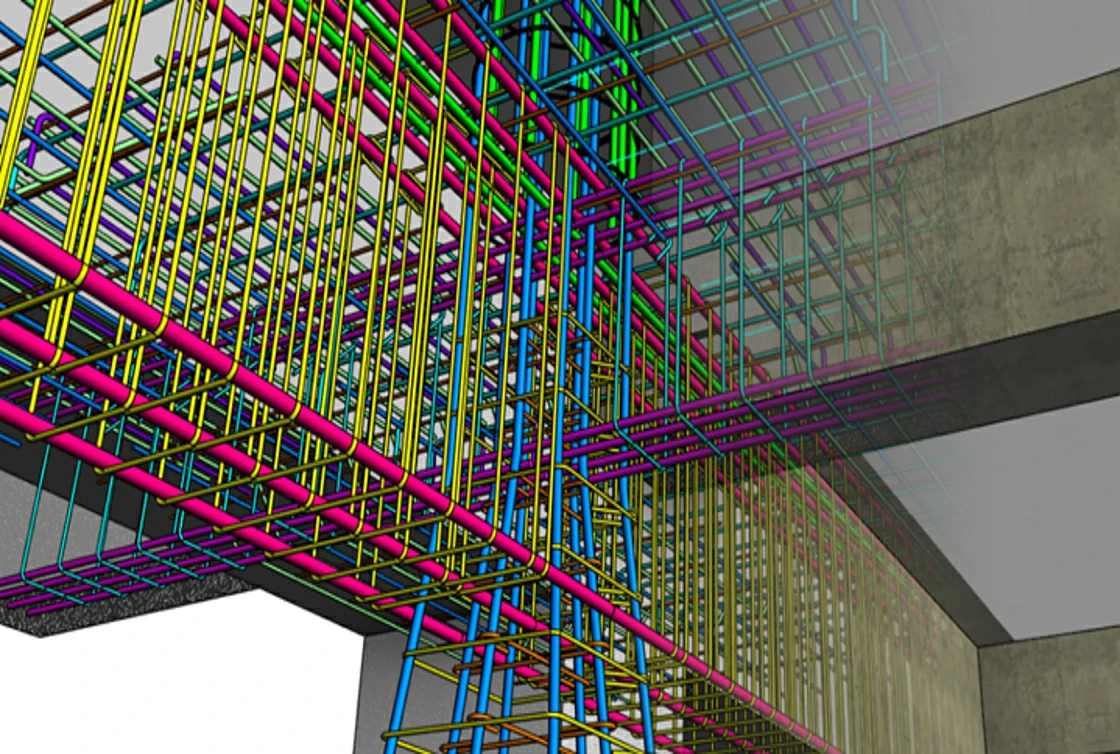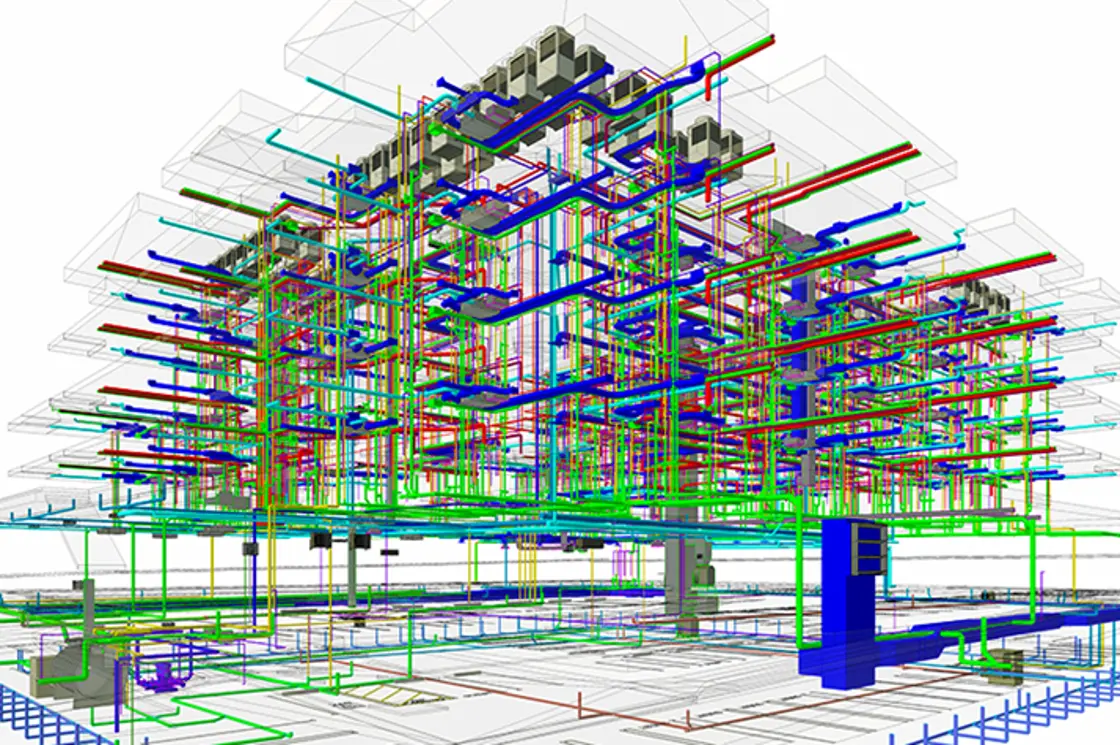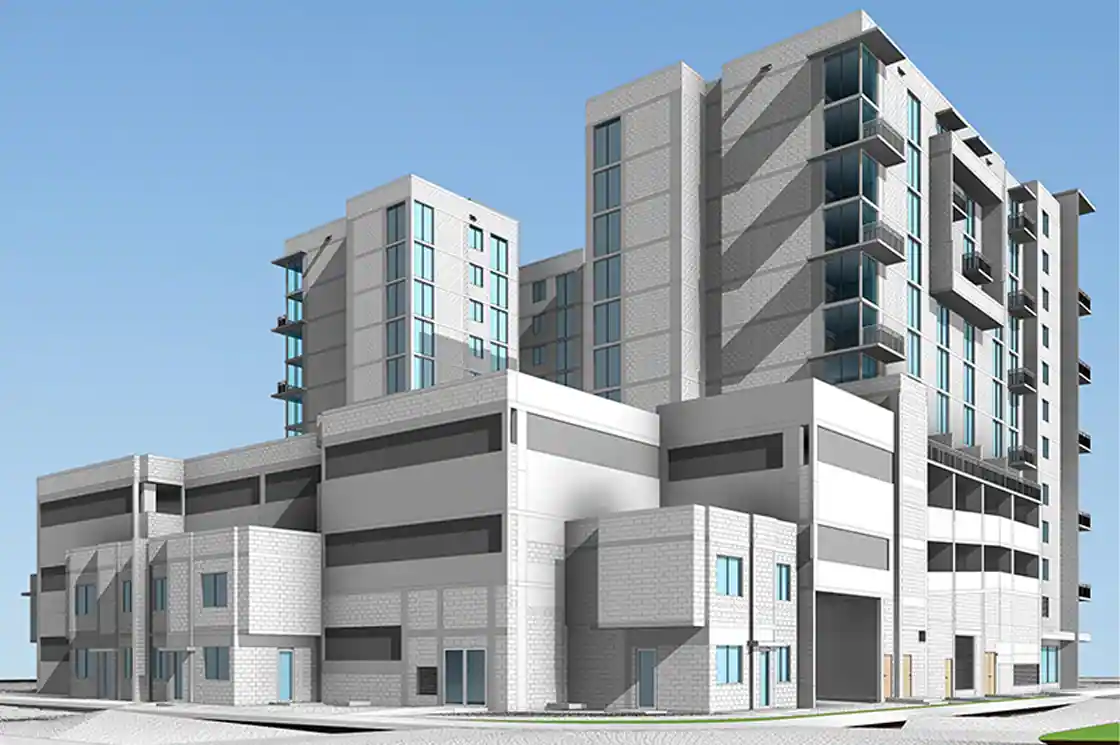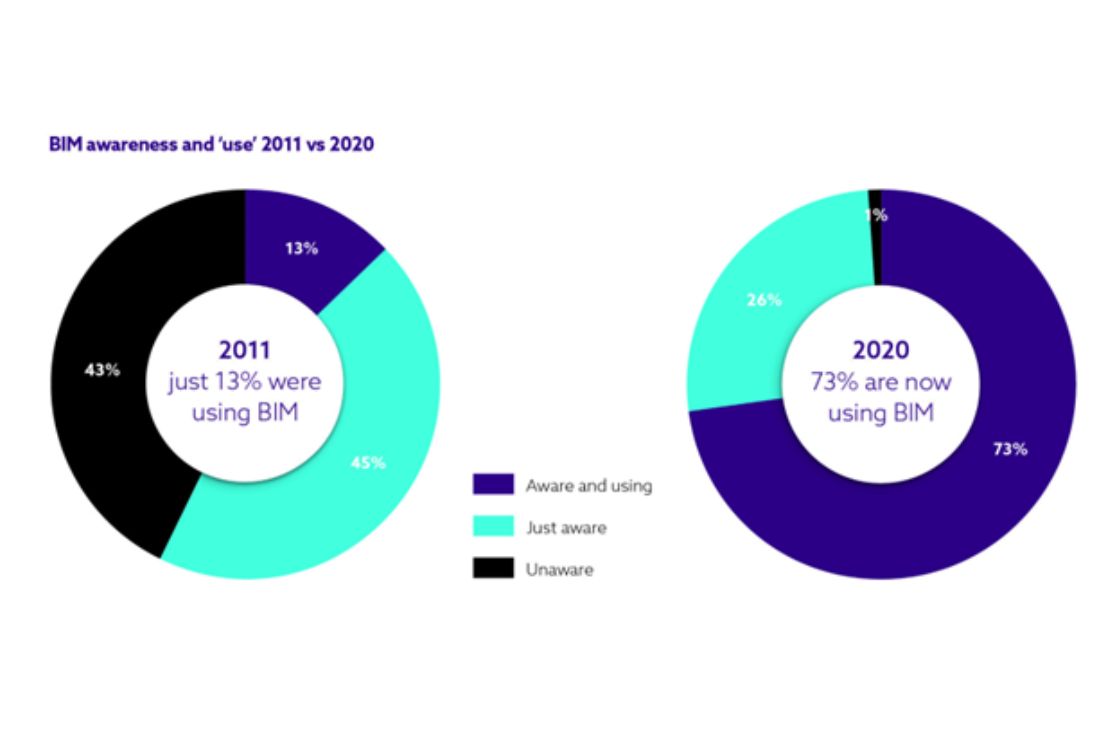BIM vs Brain | Why BIM Cannot Replace Architects and Designers in the AEC Industry
In recent years, BIM has taken over the AEC industry. It streamlines workflow and improves collaboration, leading to cost and time savings. But there is also a growing debate on its impact on the industry.
While some argue that BIM empowers the industry, others claim that it is increasing dependency on technology. In this article, we will explore the different perspectives and effects of BIM on the AEC industry and its potential impact on the visualization ability of creative professionals.
How Designs Happened Before BIM
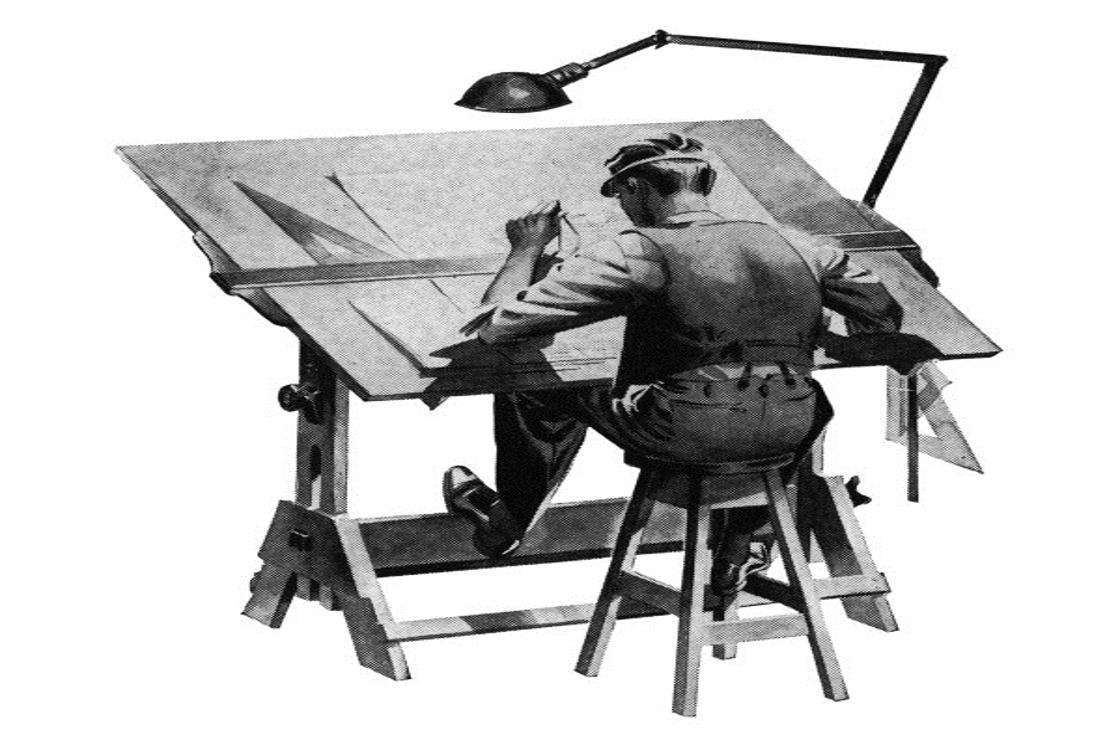
Before BIM, designers used the methods of sketching, drafting, and mental calculations. If they were hit by inspiration or had some idea for a project or element, they would grab a pen and sketch it out. The output was great for both exploration and communication. To sketch was the first instinct of the designer, an integral part of their character.
Although hand sketching is a great medium for brainstorming and communication during the initial stages, it is time-consuming and often results in inaccuracies during detailing. Moreover, the output was dependent on the skill and practice of the individual or the team.
The Fear: BIM Modeling is Leading to Technology Dependence

Digital modeling is one of the fundamentals of BIM. BIM tools such as Revit are helpful for architects and engineers to create 3D models of their designs and/or projects. Using BIM modeling helps them in visualizing their design and produce construction documents. The efficiency and accuracy of this workflow help them identify potential issues before construction even begins.
However, some believe that this technology lures professionals towards over-reliance. For even the basic tasks, they turn to the software. As a habit, it can potentially hinder their ability to think creatively and come up with new ideas. As soon as they are presented with a problem, they turn straight to the machine for answers, irrespective of the nature or complexity of the problem.
The fear of technology dependence is a valid concern, but it is important to note that BIM is a tool. Its utility is based completely on the user. Instead of passively allowing the software to dictate our actions, we have the power to actively make decisions. At AEODC, we have a stellar team of experts in the realms of design and BIM to critically analyze project parameters before working on it, ensuring quality service and efficiency. To know more, https://www.aeodc.com/.
BIM Empowers Better Decisions
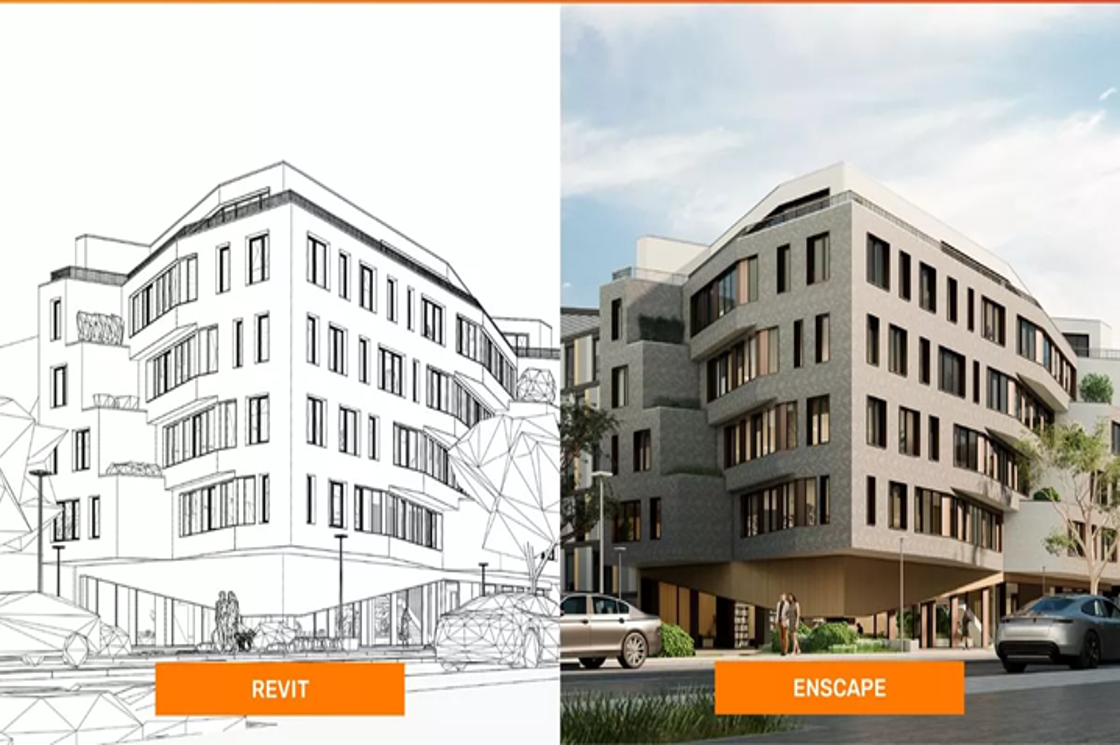
BIM technology is a powerful tool for professionals in the AEC industry, as it streamlines the design and construction process by removing unnecessary revisions and automating repetitive tasks. This leaves room for critical thinking and decision-making, ensuring that the end result is of the highest quality.
Design from the Brain and Realize with BIM

BIM Modeling does not replace the creativity and critical thinking skills of the human mind. Designers design, and BIM is a tool to help them realize their designs more effectively through its features of virtual modeling and clash coordination.
To make the most of BIM, it is important to include ideation and discussion as a part of your workflow. This will ensure that your designs are not only technically sound but also meet the needs of all stakeholders. Embrace BIM, but never forget the importance of the human brain in the design process.
Common Queries of Workforce
1. Is BIM the future of architecture?
Building Information Modeling (BIM) is leading the digital revolution in the AEC Industry worldwide.
2. Why is BIM the future of architectural engineering?
BIM enables better project outcomes and can enhance the quality of the built environment, establish digital workflows and increase the overall understanding of a project. It is not far from becoming the mandate for AEC Industry in the future.
3. What are the disadvantages of BIM?
As of today, BIM is a considerable investment to implement in terms of software and technical infrastructure. The learning curve is steep, hence, one needs to be very patient while learning BIM Technology as it’s not a year or two tasks to excel in the BIM industry.
4. Is BIM good for architects?
BIM makes the works of architects and engineers more convenient and allows them more time for critical thinking and design revisions. Only if one is sound technical and understands design, then he/she has a bright future in BIM Industry.
5. Is BIM replacing CAD?
BIM is not replacing CAD. In fact, both can be used together to improve the building design process.
6. What is the future of BIM in India?
BIM is already part of large-scale infrastructure projects in India such as the Delhi International Airport and Nagpur Metro Rail. However, a government mandate is needed to make it mandatory for all projects such as residential, commercial, healthcare, etc along with the Designers’ and Contractors’ willingness to step up the game and implement the same on a large scale on each project.






